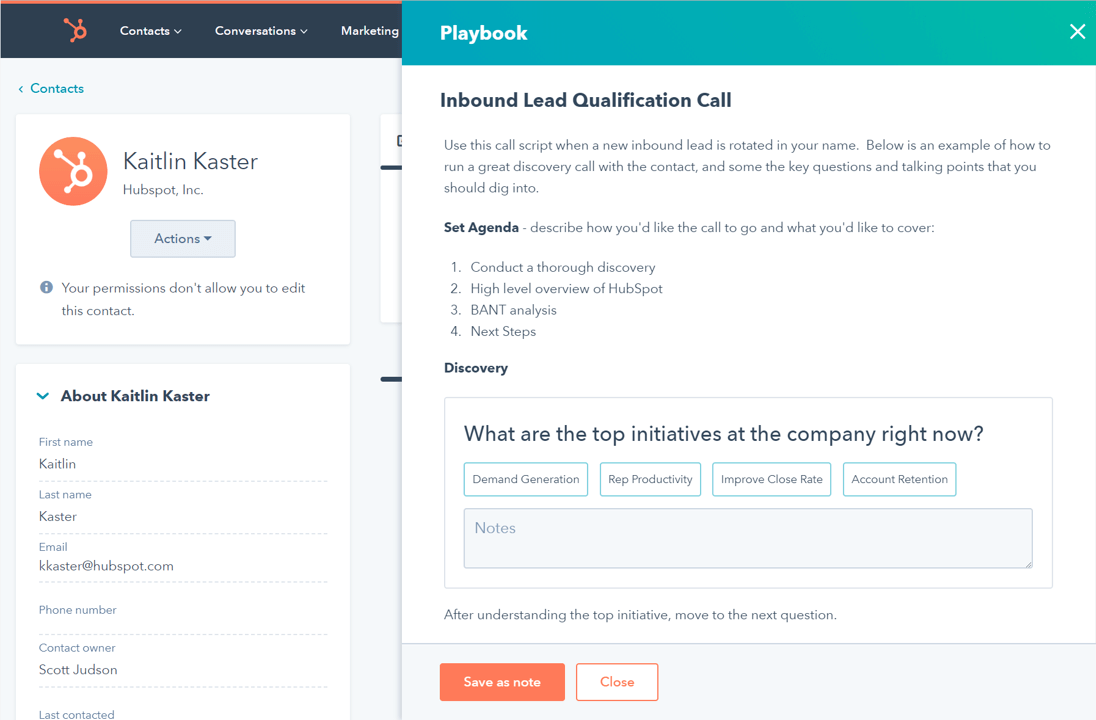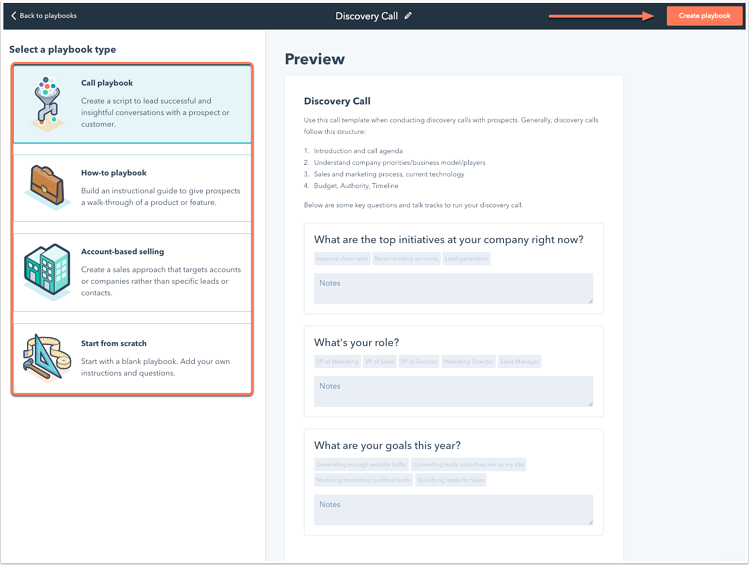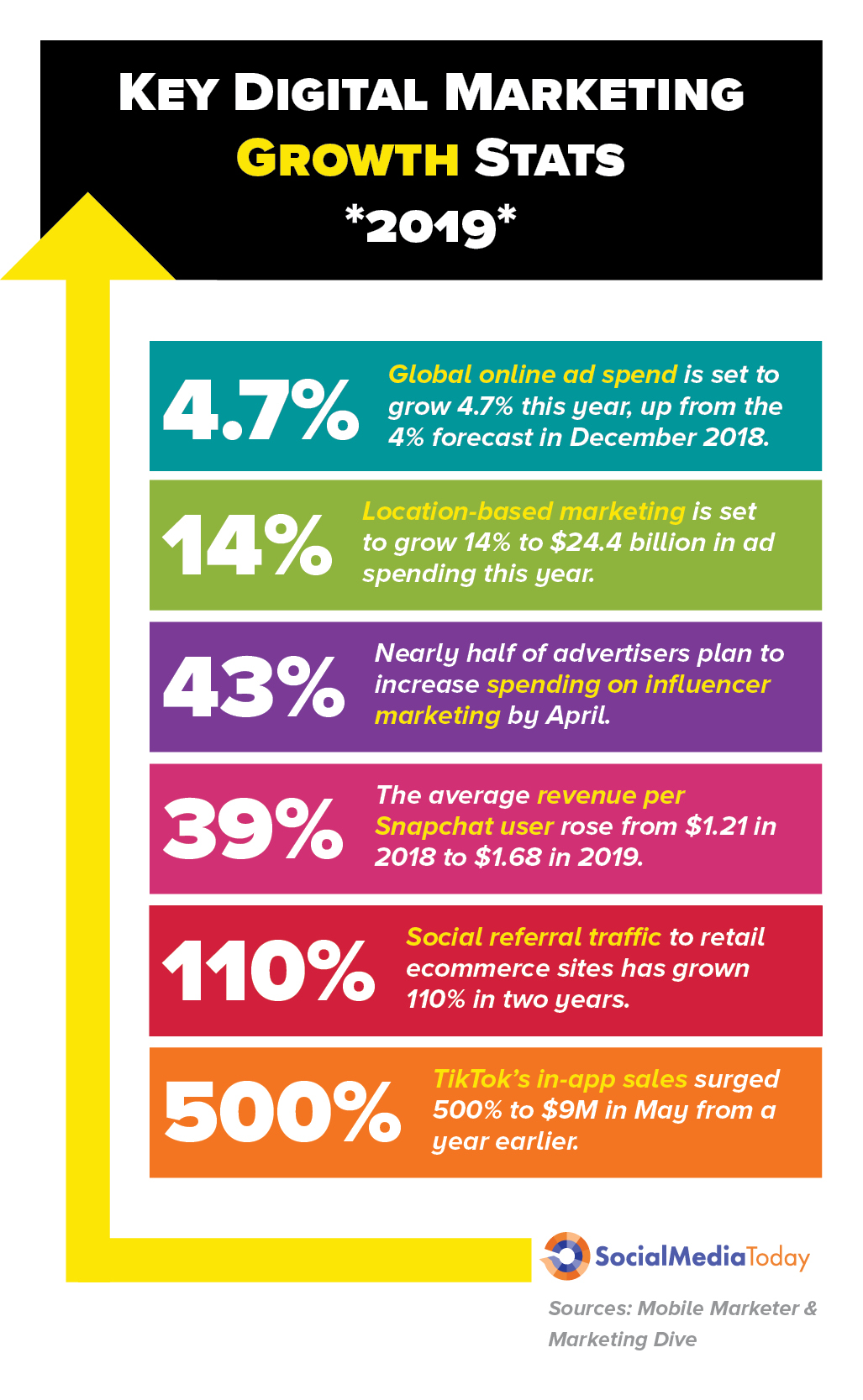Growth Marketing is simply your playbook for planning and executing experiments to optimize and improve the results of a target area of your website or landing page to gain insights on what ultimately helps convert more of you website traffic into leads and customers.
39% of marketers say proving the ROI of their marketing activities is their top marketing challenge. (HubSpot, 2018)
This article helps you understand what exactly is growth marketing, how it’s different compared to other marketing methodologies.
This article also provides actionable insights into how your company can leverage effective growth marketing strategies to deeper align your sales and marketing teams, refine your sales-ready messaging, grow a business, reduce friction in your sales funnel and generally help your company grow faster.
In 2018, 70% of marketers say their demand gen budgets will increase and 34% say their spending will grow by more than 20%. (Demand Generation Benchmark Survey, 2018)
79% of B2B marketers credit email as the most effective distribution channel for demand gen efforts. (Content Marketing Institute, 2018)
Most growth hackers look at this as a data driven approach, and that data is backed-up by experiments, even on down to the nitty-gritty of split-testing messages or call to action buttons or for simply improving conversion rates.
This growth marketing strategy ensures deep sales and marketing alignment when it comes to revenue growth goals and are aligned on the same path of action towards those projected growth rates.
The world of marketing continues to grow and change at an exponential rate. Once there was just marketing. Now, we work in a world of digital marketing, inbound marketing, content marketing, and now another term, growth marketing.
You may be asking yourself, what is growth marketing? How is it different from both traditional marketing practices and more modern approaches, and what are some of the essential elements of this approach?
Unique Aspects of Growth Marketing
While growth marketing is not entirely different from other, more traditional marketing approaches, it has some unique aspects that set it apart. As with the type of marketing that has been around for ages, growth marketing is about attracting customers. Some of the elements that make it different are related to how growth marketing views the overall customer journey.
An effective playbook for growth marketing will always evolve, and marketing on the leading edge continues to develop new tactics based on what’s effective with the latest marketing technologies and niche SaaS platforms.
But, overall, this new approach takes a different view of the sales funnel, features a relentless focus on experimentation, and is based on extensive data.
Funnel VS Flywheel
Growth marketing, like most approaches, uses the purchase funnel as a model for the customer journey and buying process. However, while more traditional marketing models focus mainly on moving people into the top of the funnel, growth marketing is focused on the entire funnel.
Previous approaches were satisfied with attracting customers leads – qualified and unqualified – into the initial phases of the buyer journey and then allowing other departments, such as sales, to take over.
Growth marketing takes an entirely different approach to the sales funnel and buyer journey. Marketing is no longer about simply creating awareness and interest, the focus is expanded to every aspect of the customer experiences up to, including, and beyond the purchase.
So, in addition to raising awareness about a product or service, growth marketing looks at acquiring leads and paying customers.
It may also examine the process of activation, which includes onboarding new customers to the product experience and getting them to use their purchase. Beyond that, growth marketing may look at increasing revenues around and after the sale, including upselling opportunities. Even further, this type of marketing continues to function while retaining current customers and producing referrals.
Data-Driven Approach
With an experimental approach, growth marketing is data-driven. Marketers are continually collecting and evaluating data to measure the impact of their strategies and experiments. Growth marketers are taking this to another level in trying to understand the effect of even minor changes in tactics regarding lead generation, revenues, and referrals.
Our expanding ability to collect data and the increasing computing power available to process this data means that it is easier than ever to see the impact of even minor changes.
Experimentation
Another aspect of growth marketing that sets it apart from traditional models is its focus on experimentation. Previous marketing approaches often relied on a “set it and forget” mode of operation.
A marketing plan might be developed and then fixed until it became clearly apparent it was no longer effective. Growth marketers are continually experimenting: testing, measuring, adjusting, and testing again looking for ways to improve performance across the buyer journey.
A/B testing becomes one of the most powerful tools in our kit. Nearly anything can be adjusted and then tested. This includes ads, web pages, auto-responses, chatbots, copy, emails, SEO, user experience, etc. if it is part of the buying experience and its outcome can be measured, it will be adjusted.
Given the flexibility of modern marketing platforms, insights gained through experimentation can be quickly implemented, and gains can be quickly realized. In the meantime, more testing can begin.
Growth Marketing is Still Being Created
If you are looking for one clear playbook for growth marketing, you are going to have to wait. Because of the experimental nature of this approach, best practices are continually being fine-tuned, replaced, and turned upside down.
Also, because of the focus on growth marketing across the sales funnel, tactics vary substantially across industries. They also tend to vary even within industries as company culture, and strategic differences create endless nuances within the approach.
Growth Marketing Best Practices
Despite the evolving and industry-specific nature of growth marketing, there are still some clear best practices that transcend all the particulars of different businesses.
Stay Current
Because growth marketing is not a static approach, growth marketers will need to continually keep up to date with research and developments in the field. There are hundreds of professionals working on improving their results, and many of them are willing to share their research and findings.
While strategies will vary from industry to industry and business to business, due to the massive amount of data and research being processed, it is essential to stay connected to the learning of the broader field.
Don’t Throw Out What Already Works
Growth Marketing, by no means, replaces the quality marketing tools we have already developed and that continue to be effective. Instead of having your leads and customers seeing the same exact content on your web pages, landing pages, forms, content offers, this is the time to start leveraging content personalization technology from HubSpot.
Content nThis is golden and will allow your sales and marketing teams to align on precisely what content gets seen by a lead or a customer. This is vital for not only moving leads through your funnel, but also vital for proactive client engagement to keep customers happy.
Instead, it is an higher-altitude view of how marketing impacts the broader customer journey, and also a more micro view of the mechanics of the multiple aspects of the marketing plan.
This means that you shouldn’t abandon your highly functional inbound or content marketing strategy or anything else that is working to draw customers into and through your sales funnel.
Growth marketing simply adds a more holistic view of the customer experience and calls for better data collection and more experimentation.
Be Creative
Some of the greatest ideas on growth marketing, especially within your specific industry have yet to be thought of.
It is essential to stay current with what is working throughout the broader marketing industry, but it is also crucial to take a creative approach. Thanks to the ability to experiment, test, and adjust, we have more incentive than ever to take creative risks.
Below is a great video explaining the three stage of effective growth hacking.
The leaders in the years ahead will likely be those with the most failed experiments. Those failures will continue to clarify what is working and find those opportunities to get a jump on the competition.






